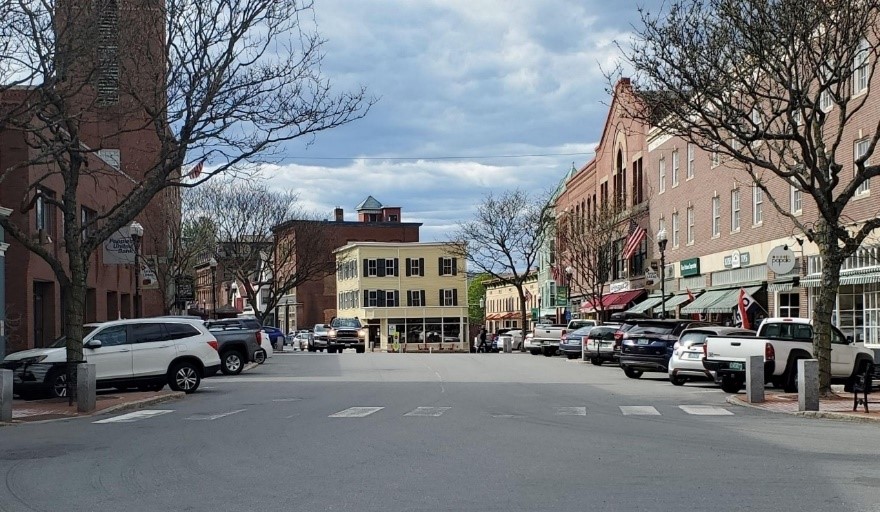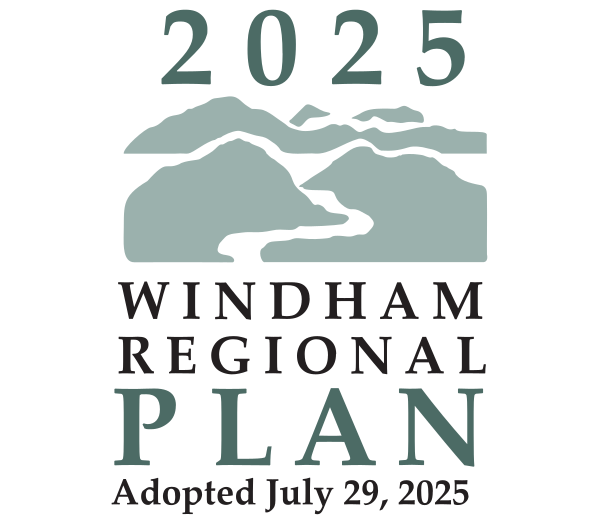Transportation
Land Use and Transportation
Transportation and land use are closely linked. Land use patterns determine how systems of transportation function in a particular place, and the transportation system will have an impact on existing and future land use and development in a given area. This is especially true in Vermont where our historic pattern of compact settlement creates a particularly sharp divide between densely populated downtowns and villages and the surrounding rural areas. Context sensitive transportation planning that adequately considers existing and future land use is a critical to address the challenges identified in this plan.
The dispersed rural character of the Windham Region contributes to unique transportation challenges. Many residents live a considerable distance from healthcare, shopping, education and employment and must travel long distances each day to go to work or school, to buy groceries or to see a doctor. Behind housing, transportation is the 2nd largest expense for Vermonters. The 2022 Vermont Basic Needs and Livable Wage Report estimated that rural Vermonters spend an average of $666 per month on transportation, equal to approximately 25% of their monthly budget.

Photo Credit: WRC
There is a critical link between housing and transportation costs. The further people live from their place of employment, the grocery store, and other daily needs, the more they will spend on transportation. Transportation costs and impacts must be considered when planning for housing development in the region. Siting new housing in such a way that is as convenient to employment, education, and commercial centers will reduce travel distances and transportation costs.
Additionally, transportation improvements for all users and modes must be incorporated into planning for housing. Housing that is close to important destinations, as well as connected to those destinations by public transportation and adequate infrastructure for walking and biking, will reduce transportation costs for residents. This also supports the local economy by improving accessibility and expanding the customer and employee base for businesses. Transportation, housing, and the local economy are deeply interwoven; the vitality of our downtowns and village centers is largely dependent on having a concentration of population sufficient to support local business and a transportation system that is adequate to allow people to conveniently access those businesses.
Our Designated Downtowns, Brattleboro, Bellows Falls, and Wilmington, as well as the many villages in the region, are densely populated hubs for commerce, culture and civic life. The scale and design of these areas should enhance the functions of the village at the human scale, and not simply increase the efficiency with which a vehicle may pass through the village. Downtowns and villages are the places in the region that people can navigate most easily without a vehicle and improving bicycle and pedestrian infrastructure is particularly important in this land use context. Sidewalks and bicycle lanes should be improved and expanded where possible. Traffic calming techniques and complete streets principals should be adopted to reduce functional conflict between drivers and other users.
Ensuring that our downtowns and villages are as safe, attractive and efficient as possible for people walking and biking will make our region a more desirable place for people to live and work, promoting economic development and improving quality of life. Furthermore, improving the bicycle and pedestrian network will increase access to education, employment, healthcare and other basic needs for residents without access to a personal vehicle.
Resort centers are important centers of the regional economy and the seasonal influx of visitors creates unique transportation conflicts. Efficient, reliable transportation systems for accessing the resort areas will reduce congestion and improve the seasonal experience of visiting these areas.
The transportation corridors of the rural lands in the Windham Region provide connections between downtowns, villages, and resort centers, as well as to destinations in neighboring areas. Preserving the rural character of the region must be considered when reconstructing or redesigning roads and bridges and unnecessarily increased traffic volumes and speed should be avoided. Bicycling facilities should be enhanced along roadways, and connections to regional trail networks that combine separated paths, road shoulders, Class 4 Town Highways, and Legal Town Trails should be considered.
